Inspired by his Catholic schoolteachers, Wilton Gregory dreamed of becoming a priest. Last year, Pope Francis named him the first Black US cardinal.
As a sixth-grade student at St. Carthage Catholic School on Chicago’s South Side, Wilton Gregory, a non-Catholic, was inspired by the priests and nuns who served the parish school. He announced that he wanted to be a Catholic priest.
He received his first Communion at the Easter Vigil when he was 11 years old. “I wasn’t born a Catholic,” he explained recently to a group of second graders. “I was very excited because I really wanted to be a Catholic. I’m still trying.”
Late last year, Pope Francis elevated Archbishop Wilton Gregory to the College of Cardinals, making him the first Black cardinal in the United States.
Climbing the Ladder
In the years just after the close of Vatican II, the future cardinal went through the seminary system in the Archdiocese of Chicago, including Quigley Preparatory Seminary South, a high school; Niles College of Loyola; and St. Mary of the Lake Seminary in Mundelein, Illinois. As one of few Black students in the system, life was not always easy, and he “took some guff,” recalls a classmate, Father Dominic Grassi, now retired from parish ministry.
After ordination as a priest in 1973 at age 25, Father Gregory earned a doctorate in sacred liturgy at the Pontifical Liturgical Institute (Sant’Anselmo) in Rome and later returned to Mundelein as a professor. The future bishop handled adversity “with such grace and kindness,” Father Grassi says. “He’s a kind man. He overcame a lot more than anyone could expect.”
Cardinal Gregory was the youngest bishop in the country when he was appointed auxiliary bishop of his home archdiocese in 1983. He later served as bishop of the Diocese of Belleville, a mix of urban and rural areas in southern Illinois (1994-2005); archbishop of Atlanta (2005-2019); and since May 2019, as archbishop of Washington, DC. He was elevated to the College of Cardinals on November 28, 2020.
At the Helm during the Sex-Abuse Crisis
From 2001 to 2004, then-Bishop Gregory served as president of the United States Conference of Catholic Bishops during a particularly difficult time for the Church. In response to the child sexual abuse crisis, he shepherded the conference through approval and implementation of the Charter for the Protection of Children and Young People and the accompanying “Essential Norms for Diocesan/Eparchial Policies Dealing with Allegations of Sexual Abuse of Minors by Priests or Deacons.”
Paula Gwynn Grant, who served as director of communications for the Archdiocese of Atlanta under Cardinal Gregory and is now secretary for communications for the Archdiocese of Washington, was working in county government public relations in Georgia at that time. She recalls watching the bishops’ Dallas meeting on TV and seeing Bishop Gregory: “I watched that on C-SPAN with our 1-year-old and 5-year-old and my husband and I asked, ‘What’s going on in our Church?’ . . . The pain of all of that and trying to process and understand all of that, you know, was a lot for all of us.”
At that point, she had no idea that she would be working for the Church one day, would meet that particular bishop, and would work with him. “He listens so well, and he’s very intentional about what he does after he has heard,” she says. “He doesn’t just hear from people from any one group. He listens to all of the various opinions. . . . We know many people who don’t have the gift of listening. I recognize that I’m watching a gift.”
The Church’s work on the charter, begun in 2002 in the shadows of the Boston Globe report on clergy sexual abuse, remains an important topic for Cardinal Gregory. He acknowledges that it’s a long process. “We won’t do enough until people feel listened to and healed,” he said in an early 2021 interview.
He related a recent conversation with his sisters in which one recalled that she had asked him in 2002, as the charter was being crafted, when the scandals would be over. “And my response then and my response now is: not in our lifetime, because we really do have to take it seriously,” the cardinal says. “We have to prepare and then sustain environments where children and vulnerable young people are safe.
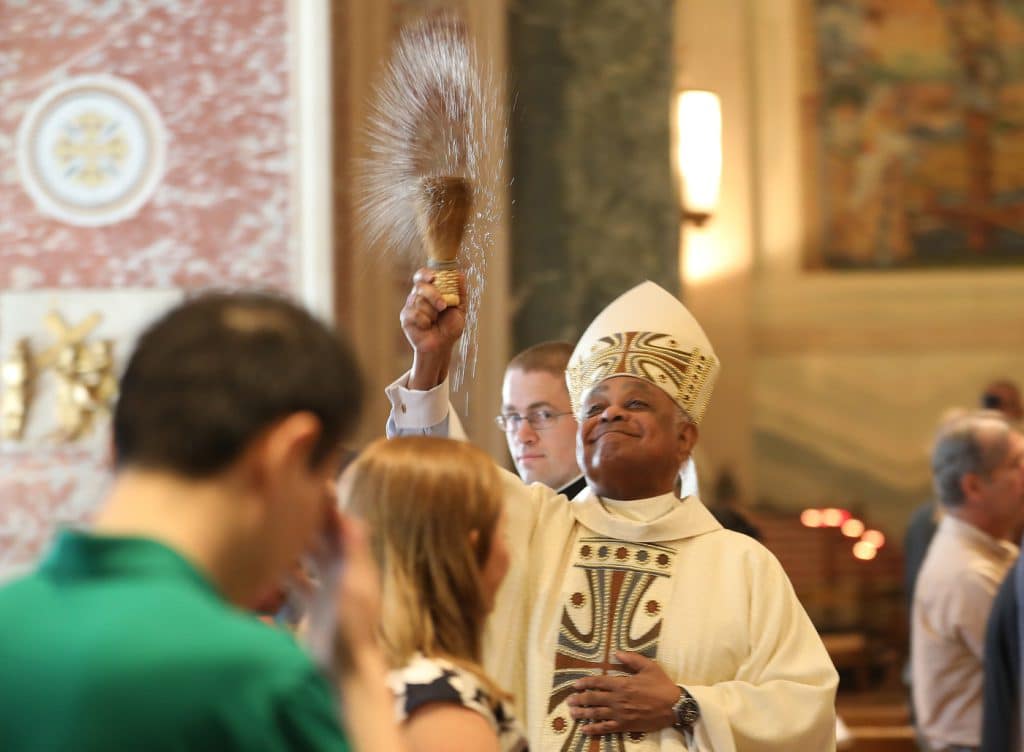
“I think we’ve done a lot. I would be less than honest if I did not applaud the hard work that my brother bishops have engaged in and, in many places, have provided wonderful programs of protection and respect. But we have to do more.”
The abuse crisis is particularly painful in Cardinal Gregory’s current residence, the Archdiocese of Washington, DC. He picked up the reins from his predecessor, Cardinal Donald W. Wuerl, after another former archbishop, Theodore E. McCarrick, was removed from the College of Cardinals and laicized after revelations that he had abused young seminarians and priests as well as at least one minor during his rise through the clerical ranks.
The Vatican’s McCarrick Report—specifically examining how a priest with allegations of misconduct and other warning signs could have risen to the rank of cardinal—was released just 18 days before the consistory in which Cardinal Gregory received his red hat.
“I left for the trip to the consistory as the archbishop [of Washington]. And when I returned, I was still the archbishop, and my priests and deacons and laypeople need to know that that’s what brings joy to my heart,” the cardinal says. “I’ve only been here not quite two years . . . but I’ve grown to love this community deeply and to see its great legacy and its heritage and also to experience its embarrassment, its anger, its disappointment, [and] sorrow over the events that involved former Cardinal McCarrick.
“But I also see the goodness of this diocese and its people. And my responsibility is to build on that faith heritage and to acknowledge and ask forgiveness for that which has so damaged the credibility and the trust of people in Church leadership. I have to try to the best of my ability to reestablish trust, and that’s a long process. Trust takes a long time to establish, and it can be lost in the twinkling of an eye.”
A Leader Who Listens
Msgr. James Margason, pastor of Corpus Christi Parish in Shiloh, Illinois, and St. Joseph’s in Lebanon, Illinois, believes the cardinal is the right man for the job in Washington. Msgr. Margason served as vicar general for then-Bishop Gregory when he came to the Diocese of Belleville; the two had met while they were both studying in Rome.
“He had some things to learn. We were in the middle of the sex-abuse crisis. But he came from Chicago where Cardinal [Joseph L.] Bernardin had set the bar for how to handle it,” Msgr. Margason says, referring to the Archdiocese of Chicago’s policy in the early 1990s for handling allegations of sexual abuse by clergy, one of the first of its kind in the nation.
The pastor says Cardinal Gregory’s acceptance of the appointment to Washington in the wake of the McCarrick scandal reveals his character. “If the Church is going to ask him to do something, he’s going to respond in a positive way. . . . My sense is that he is working really hard at serving the people of the archdiocese [to] bring some healing to them after what they have experienced. He’s very focused on serving the local church.”
Though he is not afraid to face difficult situations head-on, Cardinal Gregory is energized by and passionate about people—especially young people. He loves visiting Catholic schools and celebrating Confirmations. Grant, who works with Cardinal Gregory in Washington, DC, notes that the cardinal “lights up” when he has a chance to be with young people.
She says, “If he’s going to one of our Catholic schools, you see him light up because of the students and teaching and talking about the faith and hearing their point of view, and saying Mass. ” She emphasizes that the cardinal’s dedication to education—especially Catholic education—comes from the fact that he was inspired to become a Catholic and a priest in a Catholic school and that he is a teacher himself.
Deacon Dennis Dorner, chancellor of the Atlanta Archdiocese, worked with then-Archbishop Gregory. He says: “We had a relationship where he expected me to speak what was on my mind. Even if we weren’t in agreement, when you left the room, you were OK with the decision.”
Grant emphasizes the cardinal’s attentiveness to others. As the cardinal takes in other points of view, he is keenly aware that he cannot make everyone happy, but he shows respect by hearing people out, she notes. “As a woman working in the Church, I want to say it is very nice to work for an executive who asks me what my thoughts are and what my guidance is on various matters, even those matters that fall outside of my specific responsibility of communications. He listens. And then he weighs it.”
‘Our Encounter with the Lord’
Cardinal Gregory emphasizes that the Church follows the same pattern of evangelization from its earliest days—lived witness of the teachings of Jesus Christ. “We witness to what we proclaim; we live the faith in our outreach to those who are in the mission field. So it’s a combination: Evangelization and the lived witness of the faith are indispensable,” he says.
“The doctrine of the Church is sacred. It belongs to the legacy of faith, but the magnet that draws people is the experience of seeing good, loving, generous Catholic men and women working in the mission field, being engaged in caring for the poor, educating young people, taking responsibility for the common good. That’s the attraction. And then the teachings follow that. . . . What animates the way we live is our encounter with the Lord Jesus.”
While in Atlanta, Cardinal Gregory was fortunate to inherit a successful Eucharistic Congress from his predecessor, Archbishop John F. Donoghue. The annual congress grew under Archbishop Gregory’s tenure, eventually drawing 30,000 to 35,000 people from Friday evening to Saturday evening.
“It gave a platform for the teachings of the Church, obviously for the spiritual legacy of the Church. But it also allowed the people in Atlanta to see the multicultural composition of the one Church that is the Archdiocese of Atlanta, ” says the cardinal. Deacon Dorner noted that then-Archbishop Gregory would spend the congress days hearing confessions and mingling with people.
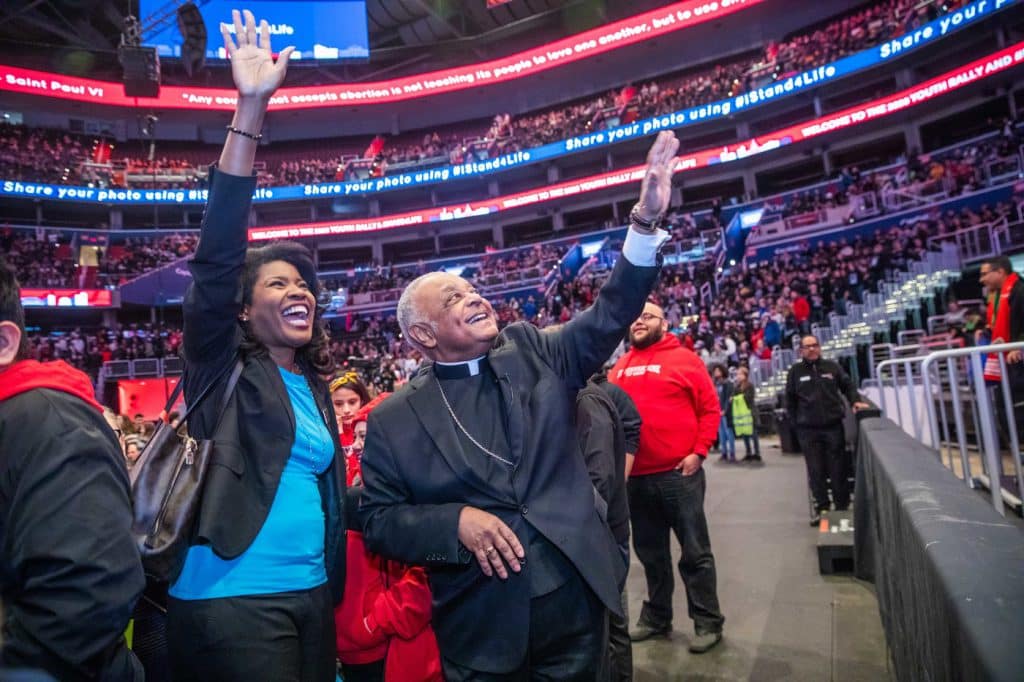
Asked whether he might plan something similar for the Archdiocese of Washington, DC, Cardinal Gregory responded with a laugh. “At this point, we’re just trying to open our churches; we’re trying to get our people back in church,” he said in early January, just as vaccines against COVID-19 became available and people began to entertain hope to return to some kind of normal life in worship, work, and commerce.
“That’s a real challenge, because the longer our people are away from active presence in the celebration of the Eucharist and in spiritual moments that bring them together, it is going to be more and more difficult,” he says.
The Church must reengage the faithful and remind them that active, face-to-face participation is important. “We need to make sure that they realize what they have been missing,” the cardinal says. Priests, deacons, and parish ministers have found creative ways to provide livestreamed Mass and other opportunities for prayer, “but I don’t want it to become so popular and so attractive that the real thing is now in competition with the virtual thing,” he asserts.
Cardinal Gregory believes laypeople need to step up to inspire others, just as the nuns and priests did in his grade school days. “In a past era, past generations, people might have said or at least behaved as though ‘Father’ and ‘Sister’ will take care of this. Well, now we have to say, in very direct ways, what the baptismal rite says [for] the Baptism of infants, that moms and dads, you are the first teachers in the ways of faith for your children.”
He adds: “I do believe that the Lord may be using the reality that we’re dealing with to invite more active participation of the laity in the work of evangelization. Our children still need to be formed in the faith, both in the family environment but also in the educational and catechetical activities. We need more vigorous youth ministries, young adult ministries that bring young people together in ways that energize them. And so, our laypeople . . . are an indispensable component in the work of evangelization.”
Looking Ahead
It’s not lost on Cardinal Gregory that he is the first African American cardinal, and he hopes that will have a positive impact. The US bishops have addressed racism in this country before: in a 1979 pastoral letter about racism, “Brothers and Sisters to Us,” and more recently with “Open Wide Our Hearts: The Enduring Call to Love,” a 2018 pastoral letter against racism—a semantic difference between simply addressing racism and clearly standing against it. And that was before 2020, which saw the deaths of George Floyd, Breonna Taylor, and others at the hands of police officers.
“We have made progress—and we have not made enough progress. The current moment . . . gives me hope because it has staying power,” Cardinal Gregory says, noting that we see more faces of people of color on TV and in movies, and that the corporate world is making a sincere effort to diversify workforces.
“I’m not a Pollyanna saying that all we have to do is talk about it. There’s much more that we have to do. But I am encouraged by the continued interest in this public concern, because it’s serious and you have to do something more creative and more effective,” Cardinal Gregory says.
“I’m hopeful because it hasn’t been pushed to the back burner. It’s still on the front burner. We Americans have a notoriously short attention span. And so, things that seemed important on Monday are forgotten by Thursday, but this doesn’t seem to have followed that pattern,” he adds. “The social justice and racial equality mantra that has seized the public agenda continues. And there’s much more we’ve got to do.”
Photos Courtesy Catholic Standard/Andrew Biraj


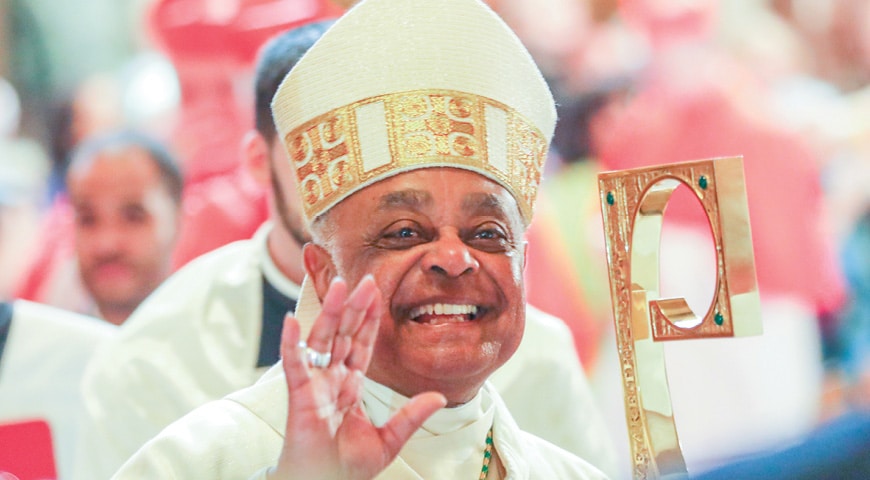

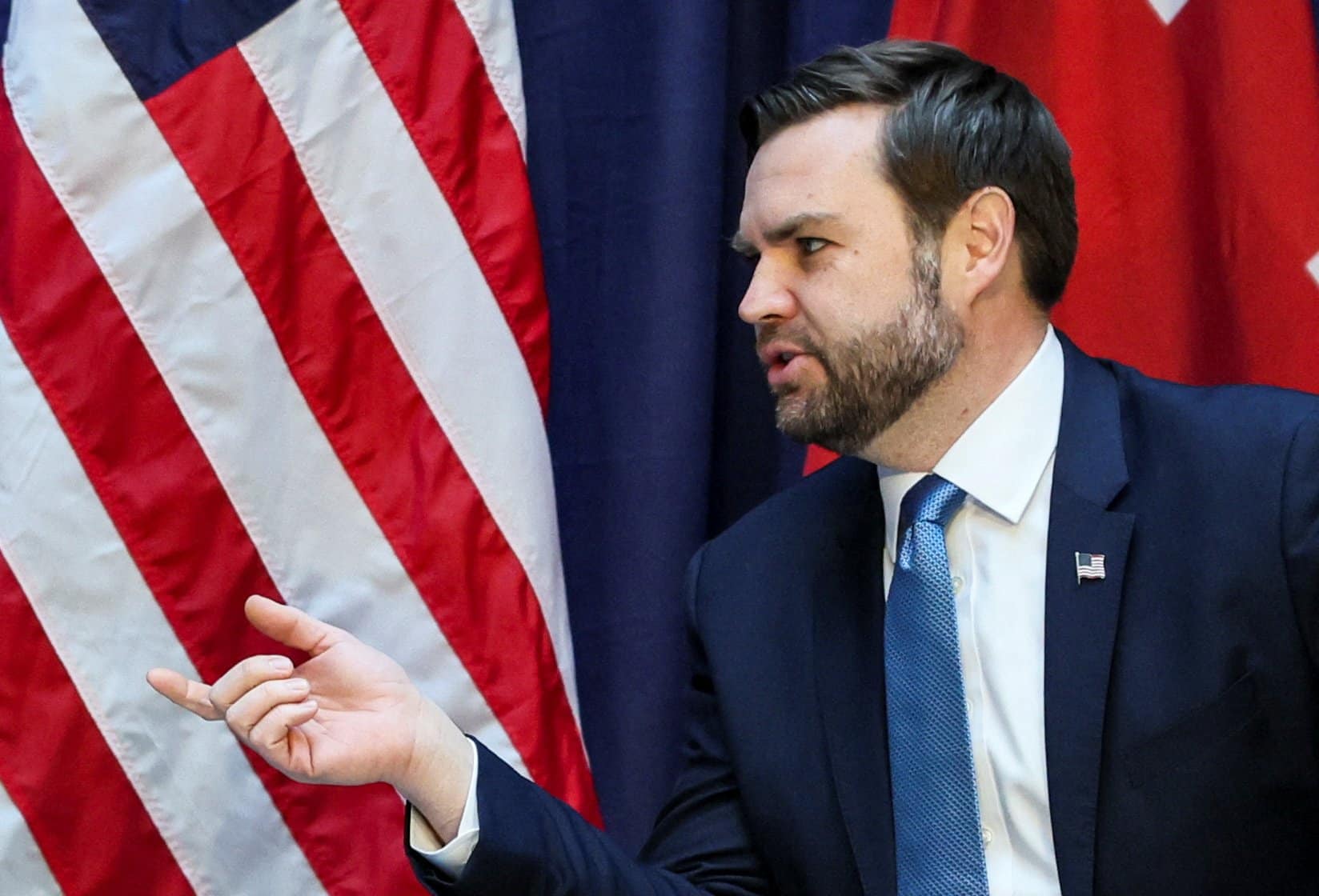
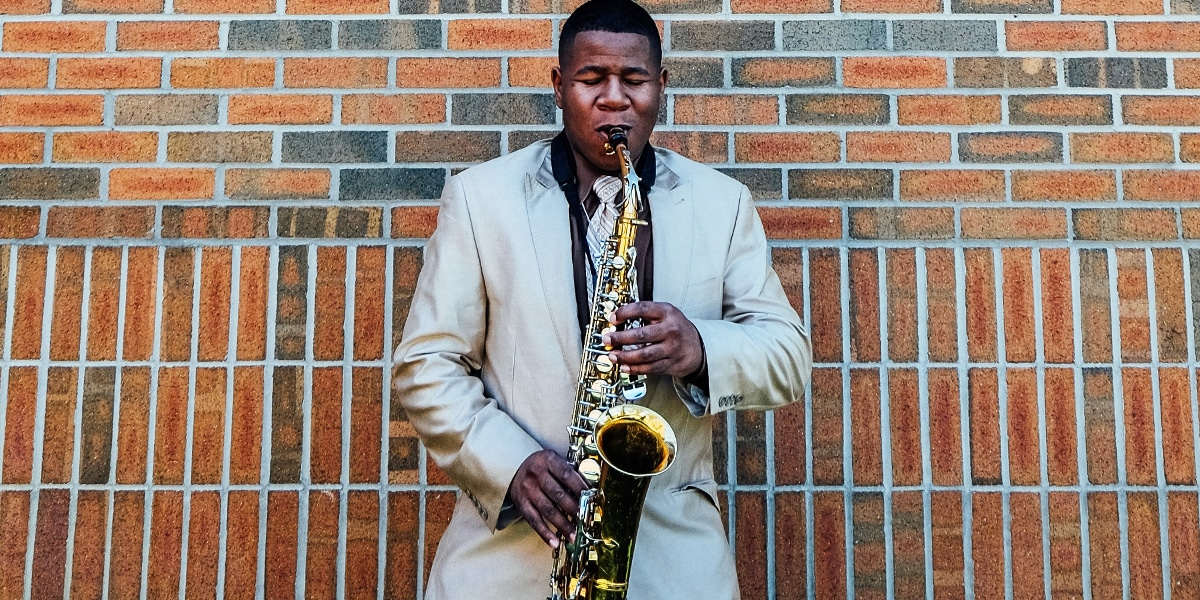
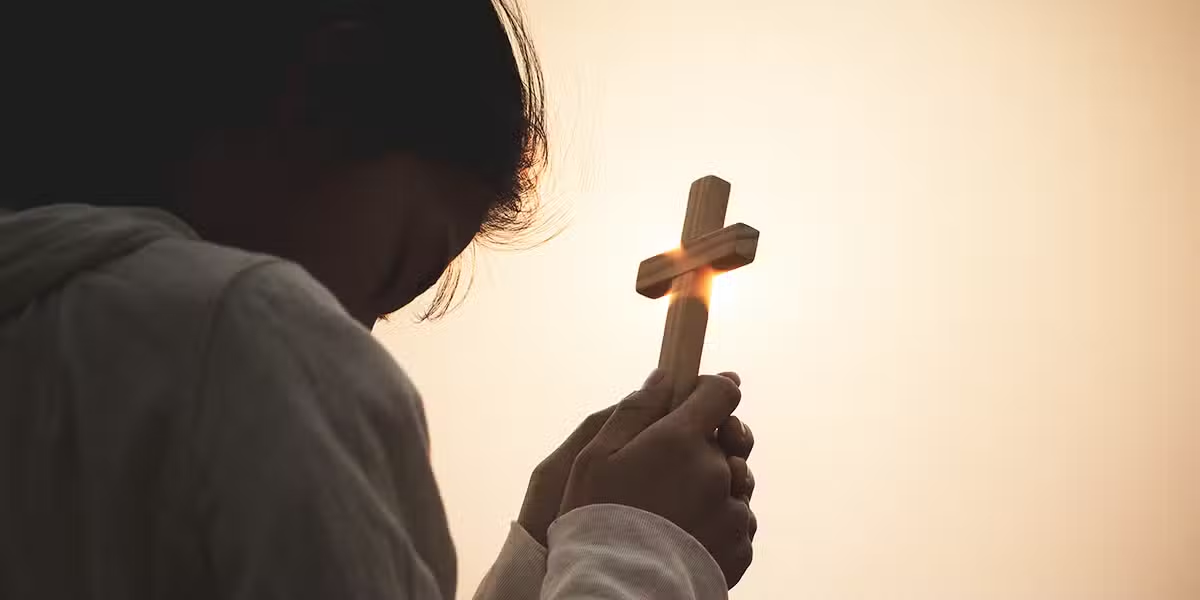

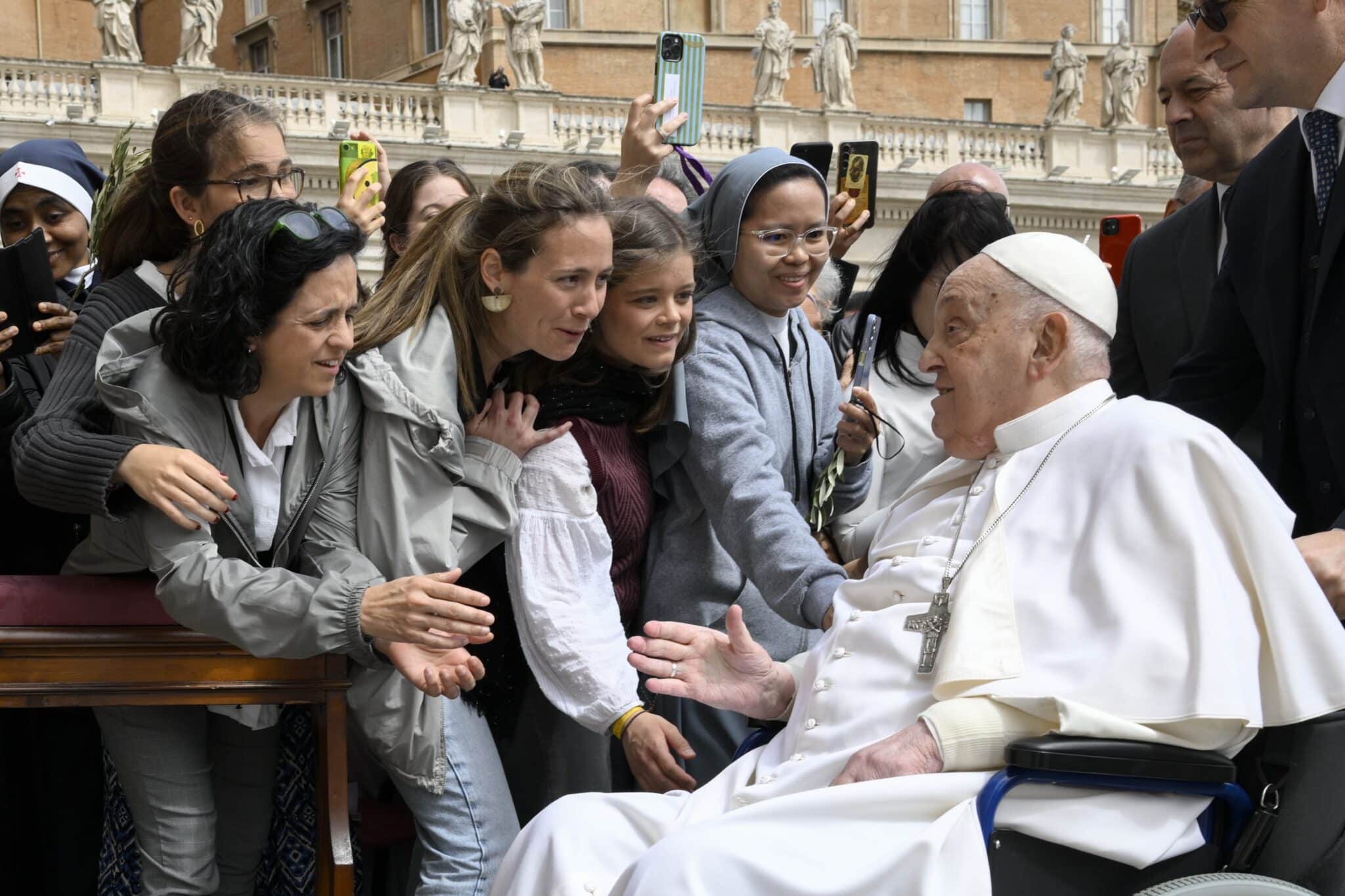
1 thought on “Convert to Cardinal: The Journey of Cardinal Wilton D. Gregory”
I am so impressed with the energy that is flyying through Washington DC. I an happy to think that Cardinal Gregory actually wanted to be a Catholic at such a you g age. I wishim peace and all good..pace e Bene